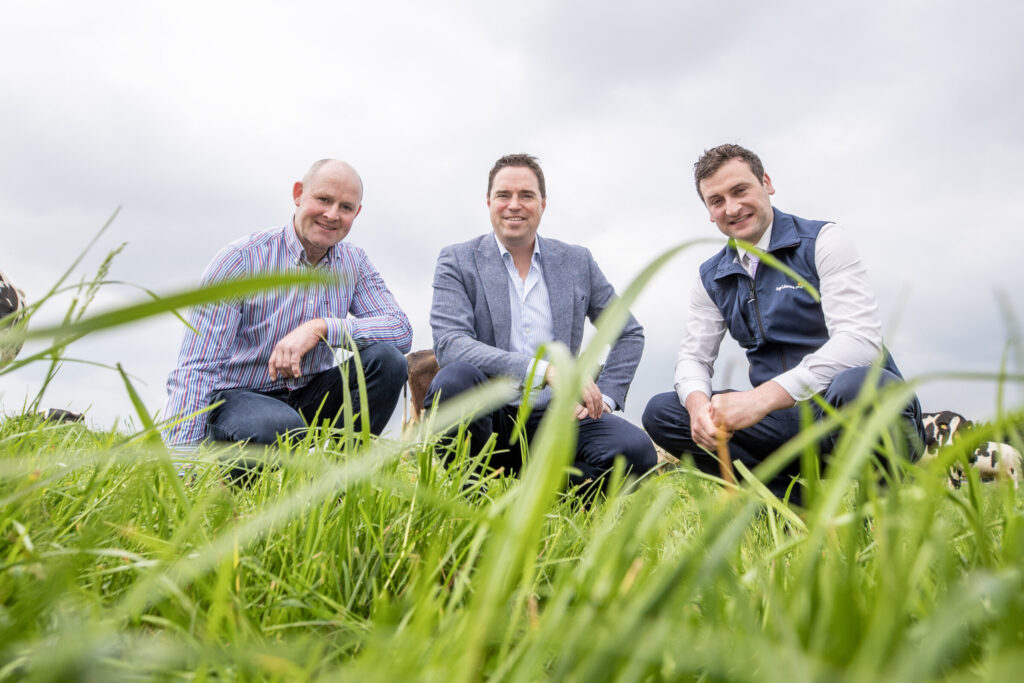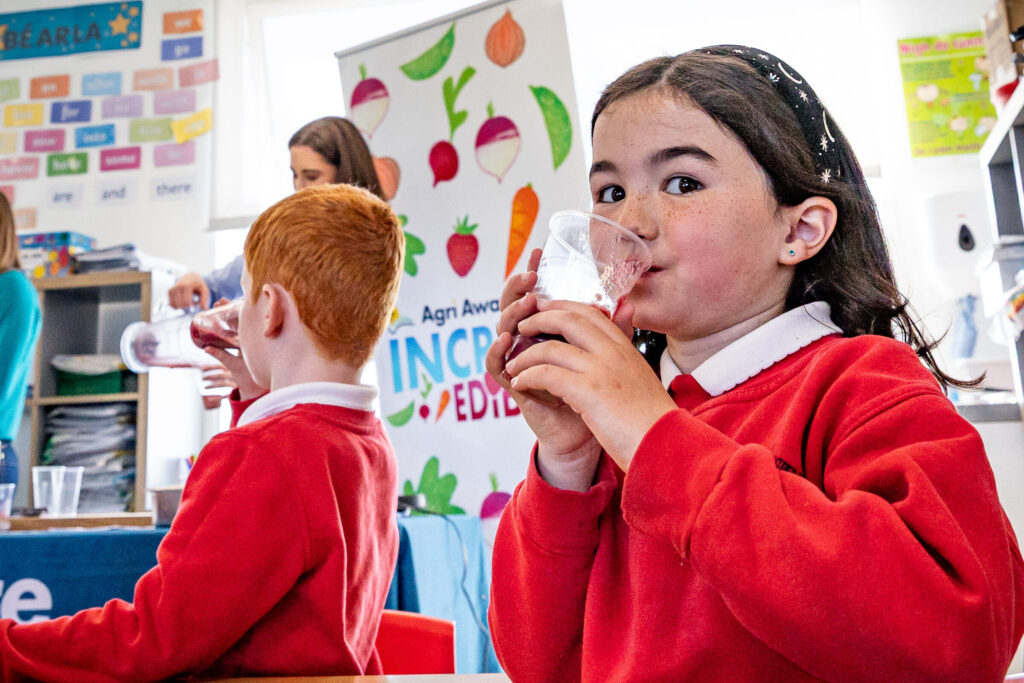Cereals & Horticulture Crops
Cereals
Cereal crops in Ireland are categorised as either spring or winter depending on the time of year that they are sown. Of the three main cereals grown in Ireland, barley, oats and wheat, barley is the most popular.
It serves as animal feed and supplies the malting industries. Maize is grown as a forage crop that is harvested and ensiled to feed to livestock over the winter months.
Maize requires warm, south-facing fields so it tends to be grown more in the South of Ireland. It is also popular in Meath due to the prevalence of intensive dairy and beef herds in the county.
How cereals grow
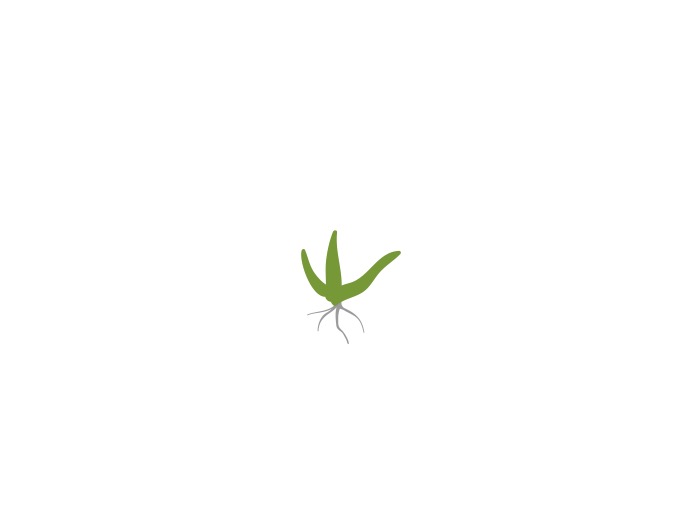
Leaf emergence
After germination the first leaf emerges soon after the crop initially emerges. The crop continues to produce leaves at a continuous thermal rate. This thermal rate is a set number of degree days between the emergence of successive leaves.
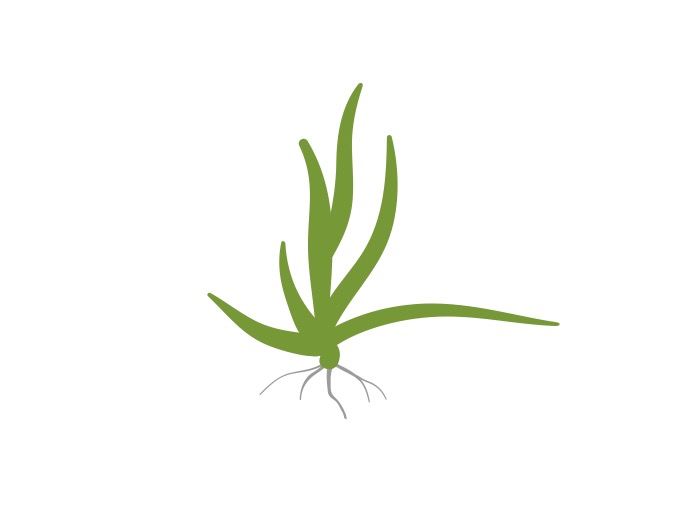
Leaf number
Spring sown barley produces fewer leaves than autumn sown barley as the crop has less time to grow. On average the plant will produce eight leaves.
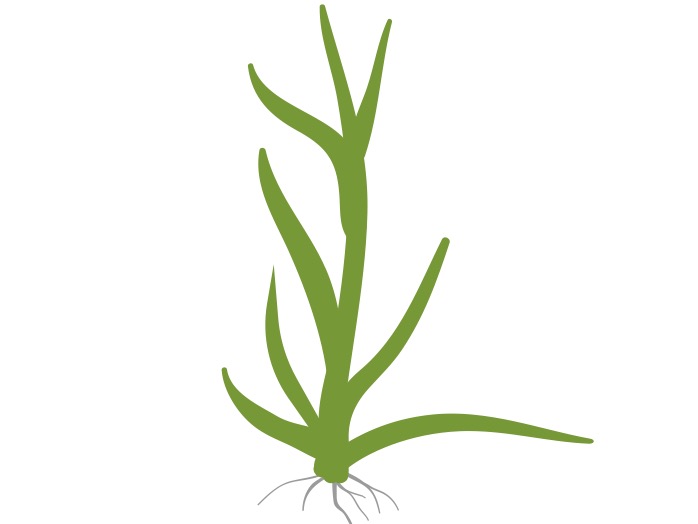
Tillering
The production of tillers is key in the production of grain and ultimately grain yield. Tillers emerge after the third leaf has emerged on the barley plant. Shoots are produced from the tillers, so therefore the more tillers that are produced the more shoots are produced.

Canopy formation
The growth of the canopy is slow initially as leaves emerge on the barley plants. As leaves emerge the rate of photosynthesis increases as the plant can absorb more sunlight and the crop canopy expands rapidly.
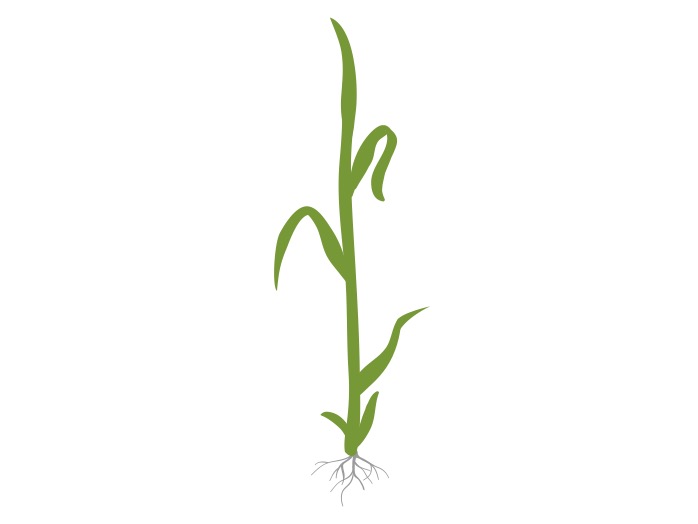
Stem extension
Until the stem begins to grow, all crop growth is at ground level. Once the stem starts to grow the crop is more susceptible to frost damage at the growth point. Four of the leaves on the barley plant will grow at ground level and four will be on the stem. The crop will be at its maximum height after the ear emerges and biomass accumulation begins in the grains. At harvest the ear bends over and lies parallel to the stem.

Biomass accumulation
Once the stem has reached its maximum height biomass production then focuses on grain production as grain accumulates in developing grains.

Ear formation
The greater the number of shoots produced, the greater the number of ears formed on the barley plant. Grain yield is determined by the number of ears per metre squared. The crop ceases vegetative growth when ears start developing. It takes approximately 35 days for an ear to fully form on the barley plant.

Ear filling
Grains begin to fill once the ear has emerged. It takes approximately 40 days for the completion of grain filling in the barley ear. The products of photosynthesis, which were stored in the stem, are now transferred to the grains. Crop production can be maximised through adequate fertiliser application to ensure the maximum number of tillers on each plant which in turn maximises ear production and grain filling.
Harvesting and processing
The farmer uses a combine harvester to harvest barley, wheat and oats. This ingenious and powerful machine is so-called because it ‘combines’ three separate functions, which are carried out in one continuous operation.
- Reaping – the stalks are cut from the grain
- Threshing – the grain seeds are loosened from the straw and the chaff, which are the inedible husks or seed casings on cereal grains.
- Winnowing – the seeds are separated from the straw and the chaff.
Winter barley is harvested in July, spring barley is harvested in August. The ear on the stalk bends over when barley is ripe.
The grains are hard and dry, and the golden colour of the crop fades. Farmers are paid for their barley crops based on the moisture content detected in the grain. Once harvested it is stored in large, ventilated sheds.
Grain that is kept in storage is treated with propionic acid, this is to prevent it being attached by pests, fungi and bacteria. Low temperatures and low moisture content are important when storing grain in order to prevent it germinating and spoiling.
Barley straw can be used for animal feed and bedding, or ploughed into the soil for winter crops. The straw is shaped into the characteristic round or square bales, you can see in the fields, to be used on the farm or sold. Barley straw can also be burned in a biomass boiler as a source of energy.
Horticulture
The potato crop requires exceptionally good land and is now confined to part of the counties Meath, Louth, Dublin, Wexford, Donegal and Cork. Donegal has a notable tradition of growing potatoes for the seed trade, while Dublin and Meath growers supply the table market in Dublin, as well as the potato crisp making requirements of the Largo Foods plant at Ashbourne, Co. Meath.
Maincrop potatoes
Maincrop potatoes are harvested fully mature in September and October and give higher yields than early varieties. Rooster, Kerr’s Pink, Record and Golden Wonder are the most popular maincrop varieties in Ireland. Over half of the land planted with potatoes in Ireland is planted with Roosters.
The haulms are first killed off using a contact herbicide. The potatoes are left in the ground for up to 3 weeks to allow the skins of the tubers to harden, this prevents them from being bruised when harvesting. The potato crop is then harvested with a potato harvester, usually an elevator digger. The machine separates the potatoes from the soil and either leaves the potatoes on the top of the soil to be gathered by hand or carries them to a storage bin. Potatoes must be stored in purpose built buildings that are well ventilated, leak-proof, insulated and frost-proof. They must allow access to a tractor and trailer as well as being stored in stacks.
